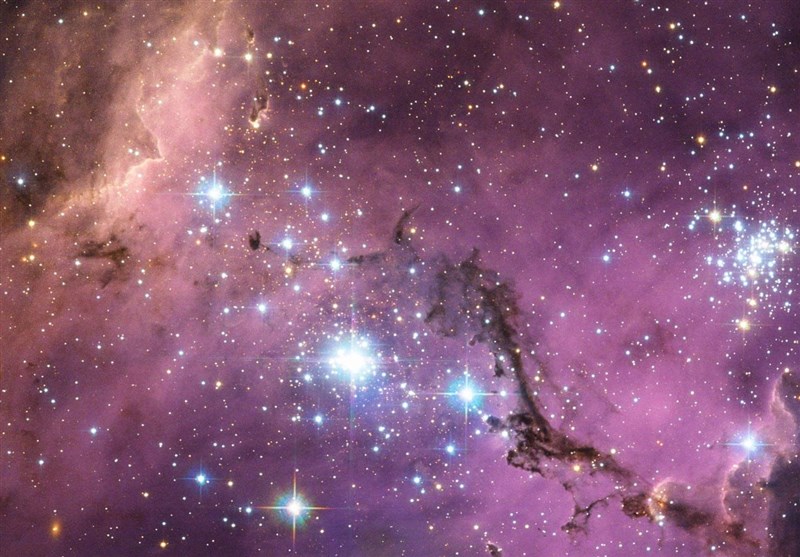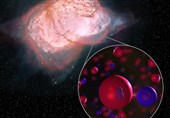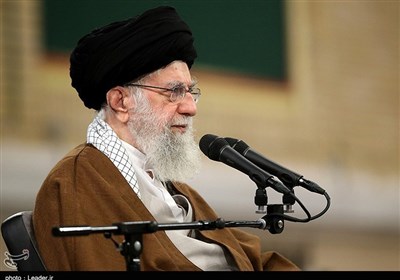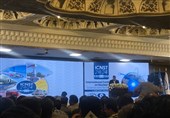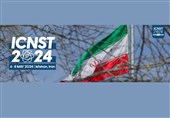Universe Expanding Faster Than Expected
TEHRAN (Tasnim) - New measurements from NASA's Hubble Space Telescope confirm that the Universe is expanding about 9% faster than expected based on its trajectory seen shortly after the big bang, astronomers say.
Scientists have long known that our universe is expanding, but new data from the Hubble Space Telescope show that this expansion is taking place much faster than previously believed. By tracking the movement of stars in a nearby galaxy, astronomers have calculated that the universe is expanding 9% faster than expected, Digital Trends reported.
The expansion of the universe is described in a number called, appropriately enough, the Hubble constant. The previous value for the Hubble constant was 67.4 kilometers (42 miles) per second per megaparsec, based on observation of the early universe. But with the launch of the Hubble Space Telescope in 1990, this estimate was called into question. Using Hubble telescope data, it appeared that the Hubble constant was considerably more than this estimate.
“The Hubble tension between the early and late Universe may be the most exciting development in cosmology in decades,” lead researcher Adam Riess of the Space Telescope Science Institute (STScI) and Johns Hopkins University said in a statement. “This mismatch has been growing and has now reached a point that is really impossible to dismiss as a fluke. This disparity could not plausibly occur by chance.”
To test this discrepancy, a new method was used to observe stars in the Large Magellanic Cloud (LMC), our neighboring galaxy. The observations focused on the amount of light given out by stars called Cepheid variables. These stars are brighter at some times and dimmer at others, and from this information astronomers were able to work out the distance to the LMC. It is now calculated to be 162,000 light-years away from Earth.
This means that the new estimate for the Hubble constant is 74.03 kilometers (46 miles) per second per megaparsec. A parsec is a measure of distance equal to 3.3 light-years, so a megaparsec is 3.3 million light-years. The Hubble constant means a galaxy will appear to be moving 46 miles per second faster for every one megaparsec further away from us it is.
“This is not just two experiments disagreeing,” Riess explained in the statement. “We are measuring something fundamentally different. One is a measurement of how fast the universe is expanding today, as we see it. The other is a prediction based on the physics of the early universe and on measurements of how fast it ought to be expanding. If these values don’t agree, there becomes a very strong likelihood that we’re missing something in the cosmological model that connects the two eras.”
The findings are published in The Astrophysical Journal.
